Hellespont (Dardanelles)
Q6514Hellespont: ancient name of the narrow passage between the Aegean Sea and the Sea of Marmara. Today, it is known as Dardanelles.
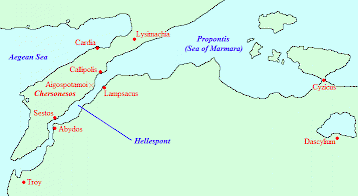
According to an ancient Greek legend, referred to for the first time by Pindar note and Aeschylus,note the Hellespont was named after a girl named Helle. Together with her brother Phrixus, she was about to be killed as a human sacrifice, but they were miraculously rescued by a ram with a golden fleece, which took them on their back, and flew from Greece to the north. Unfortunately, Helle fell into the sea, which was called after her: "sea of Helle".
The Hellespont connects the Aegean Sea in the southwest to the Sea of Marmora and Black Sea in the northeast, and has always been regarded as the boundary between Europe in the northwest and Asia to the southeast. It is about 65 km long.
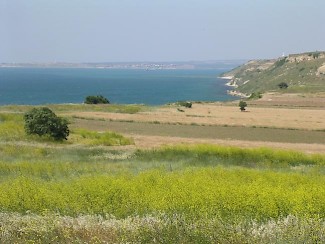
The photo to the right shows the Aegean entrance, seen from the tumulus of Demetrius ("Kesik Tepe") near Troy, one of the possible locations of the tomb of the legendary hero Achilles. Because the strong currents and the afternoon winds are predominantly from the northwest, ships had to wait until the early morning before they could enter the Hellespont. So, Troy, nearby Sigeum, and the island of Tenedos became important waiting stations.
As early as the sixth century BCE, Athens showed an interest in this area, when a nobleman named Miltiades conquered the Chersonese, the strip of land northwest of the Hellespont. He was expelled by the Persian king Darius I the Great.
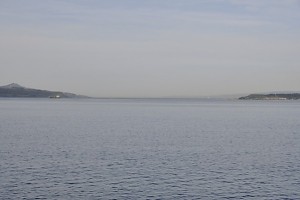
The photo shows the Hellespont between Abydus (modern Çanakkale) and Sestus. Here, the Achaemenid king Xerxes, the son and successor of Darius, bridged the strait in 480, which is, at this point, about 1500 meters wide. According to the Greek researcher Herodotus of Halicarnassus, the bridge had to be rebuilt after it had been destroyed by a storm;note therefore, Xerxes ordered the Hellespont to be whipped. To the southeast of the Hellespont was the Persian satrapy called Hellespontine Phrygia; its capital Dascylium was east of Abydus.
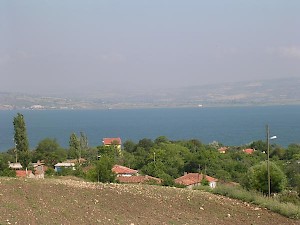
The photo to the right shows the Hellespont at Aigospotamoi, seen from the town of Lampsacus on the Asian side. On the European side (background), the Spartans defeated the Athenians in 405. This was the final battle of the Peloponnesian War (427-404) and meant the end of the Athenian empire, because the city could no longer be supplied with Black Sea grain. The next photo shows the same point, but this time, you're looking from Europe to Asia.
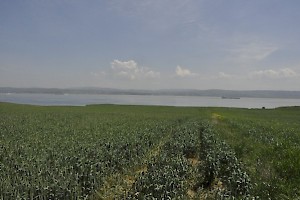
In the mid-fourth century, the Hellespont was the boundary between the zones of influence of the Persian Empire and the kingdom of Macedonia. When king Philip II attacked the independent town of Perinthus (340 BCE), on the northeastern outlet of the Hellespont, the Persian king Artaxerxes III Ochus regarded this as an interference in his backyard, and decided to intervene in Europe again. This was later regarded as the beginning of the conflict between Macedonia and Persia.
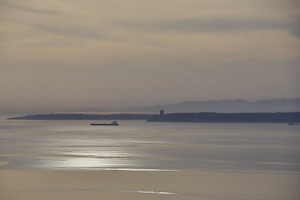
In 334, Philip's son Alexander made quite a show of his crossing the Hellespont, throwing a spear to Asian territory, and shouting that he accepted Asia as his "spear-won" territory. This shows the symbolic value of the water course. More than a century later, the almost supernatural nature of the boundary was still remembered: the two Scipio brothers who commanded a Roman army in the war against the Seleucid king Antiochus III the Great, took care to perform the correct religious rituals.note